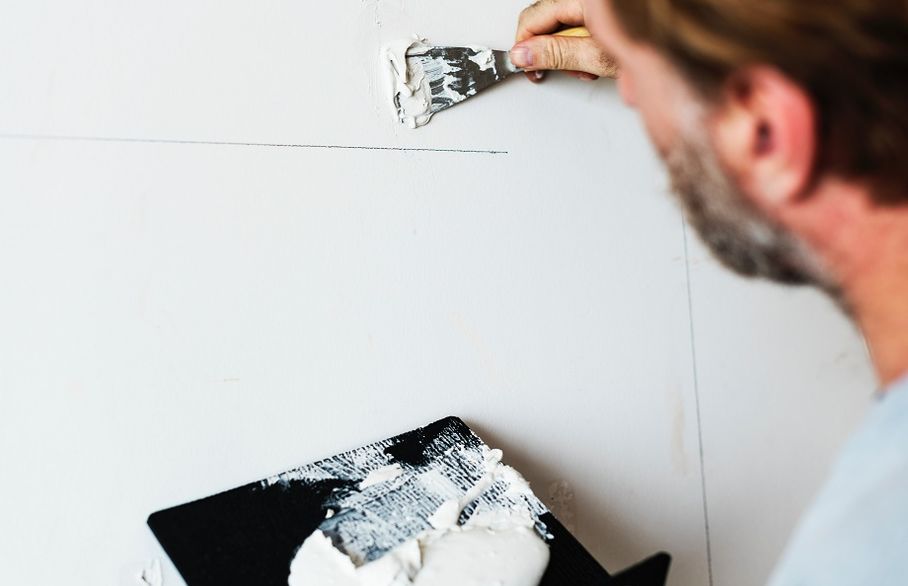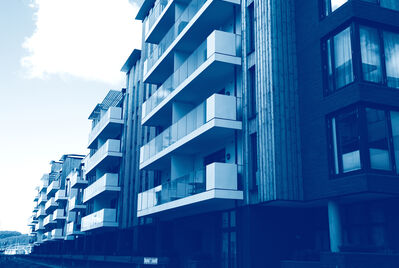
As a landlord, you have a legal responsibility to make sure your rental property is in a good state of repair and all heating, water and electrical systems are working properly, both at the point your tenants move in and throughout their tenancy. Not only that, but if you keep your property in the best possible shape, it should let quickly for a good market rate and hopefully hold its capital value better too.
So, as we continue through our 150th birthday year, here are our top 15 tips for keeping on top of maintenance.
Preparation
- When you refurbish, don’t conceal every bit of pipework behind walls or tiles, particularly when it comes to showers, otherwise it’ll be a bigger job – and mess! – when your plumber needs to make repairs.
- Make the property easy for the tenants to keep clean. Fully tile bathroom floors and walls, and have minimal lines and hard-wearing surfaces in the kitchen. Make sure there are as few places as possible for dirt to collect or water to pool.
- Use specialist, wipe-clean and anti-mould paint in the kitchen and bathroom. This should help keep mould occurrences to a minimum and, again, make it easier for tenants to keep clean.
- Install ventilation measures. Ideally, have an opening window in the bathroom and kitchen or, at the very least, a strong extractor fan, to help avoid mould forming.
- Put together a maintenance schedule. This should cover at least 5 years. Note down your annual gas check, periodical electrical check, boiler service, smoke/fire alarm testing, etc., then add in periodical cleaning, repainting, garden maintenance, cleaning of soft furnishings, etc. This will also help you budget for the overall expenditure associated with your buy to let.
- Have a reliable handyman. When tenants report an issue it’s often not necessary to go to the expense of calling out a professional contractor. A reliable handyman should be able to fix most minor problems and advise you if a plumber, electrician or builder is needed.
Find out more tips on preparation through our preparing to let guide.
During the tenancy - Make sure your periodical inspections (usually every 6 months) are thorough. If we manage the property for you, this is something which will do on your behalf. However, if you do this yourself, do create a checklist to cover all rooms and areas that are particularly liable to wear and tear, such as around windows, hall and staircase walls, cupboard hinges, bathroom grout and the ceiling above the shower. When we visit we take the check-in inventory with us so we can assess whether there’s been any damage, versus wear and tear.
- Emphasise to the tenants that they should report any issues - even very minor ones, such as a tap that won’t stop dripping – as soon as possible, so you can have things repaired before they turn into a big problem. If we manage the property for you, we ensure tenants are encouraged to highlight issues before they become major problems.
- Fix properly, don’t patch. It’s tempting to go for a cheaper solution if it’s offered, but when you patch a problem it tends to recur and can quickly become more expensive than fixing it properly the first time around. Importantly, your tenants need to be reassured that repairs protect their health and safety.
- Consider multi-appliance insurance for your white goods and larger electrical items, which can cover call-out costs, repairs, parts and labour. That means repairs should be carried out quickly and may be more cost-effective for you that calling an engineer every time there’s a problem.
- Have the gutters and drains cleared before and after winter. Even if it’s your tenant’s responsibility to maintain the whole property, this often gets overlooked and the damage that can be caused by water seepage and pooling could lead to damp issues into the future. So have your handyman make external maintenance checks a couple of times a year.
Between Tenancies - Have a professional ‘deep clean’. Ask whoever is doing it to report any issues they think need more attention, such as mould build up around windows and stains that can’t be removed.
- Check every appliance and fitting, to make sure they’re in good working order and still securely fixed.
- Have an electrical check. You should have a professional inspection of the electrical system every 5 years, but if the tenancy has lasted 3 years or more, it’s a good practice to have one carried out between tenancies, particularly if you tend to go for longer-term tenancies.
- Inspect the fabric of the property. Make a thorough check of the roof for slipped tiles, the chimney flashing, the brickwork for any cracks or missing render, etc. to make sure the property is fully wind and water tight.
If we manage your property, we will handle all maintenance issues and periodical checks on your behalf. If you’re about to invest in a new buy to let, or are refurbishing a property you already own and would like advice on future-proofing to minimise maintenance, please get in touch with your local Reeds Rains branch and we’ll be happy to help.
The Reeds Rains Content Marketing Team



